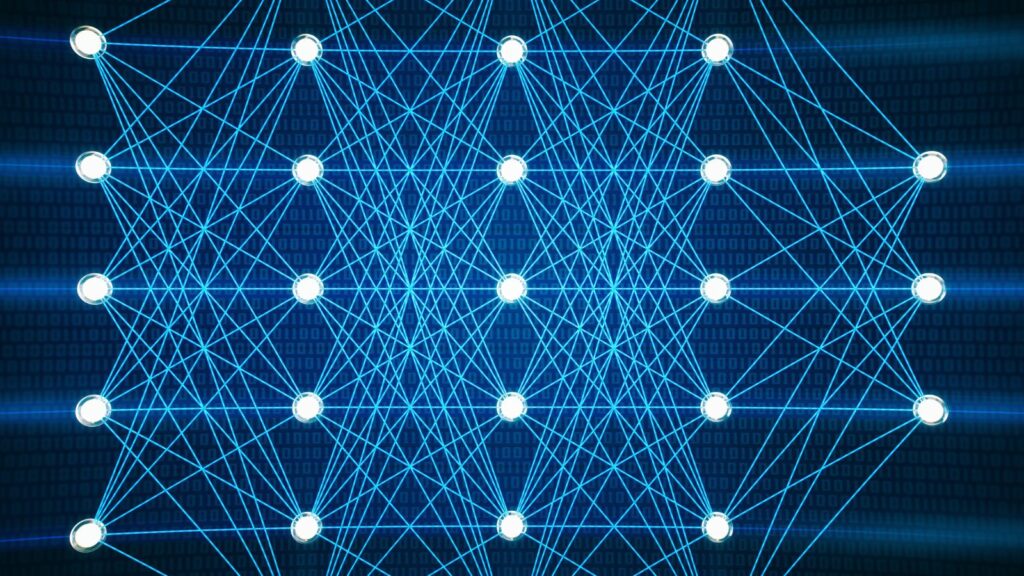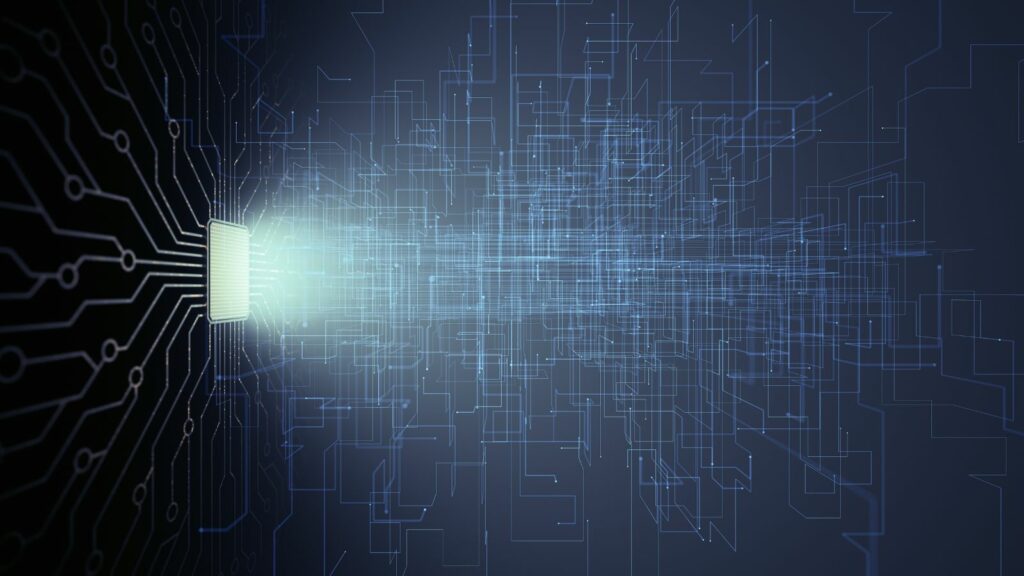In the ever-evolving world of technology, neural computing stands as a beacon of innovation. It’s a fascinating field that mimics the human brain’s neural network to solve complex computational problems. With its myriad of applications, it’s transforming industries, from healthcare to finance, and beyond.
This article delves into the captivating realm of neural computing. We’ll explore its principles, how it works, and its myriad applications that are revolutionizing our world. So, if you’re intrigued by the blend of neuroscience and computer science, stay tuned for an enlightening journey into the world of neural computing.
Neural Computing and Applications
As a precursor to a more detailed discussion on the subject, this section empowers the reader with a basic understanding of neural computing. At its essence, it’s a branch of artificial intelligence that combines elements of neuroscience and computer science. By imitating the human brain’s structure, neural computing enables machines to exhibit intelligent behavior such as learning from experience, recognizing patterns, and making decisions. Subsequent subsections further explore the history and evolution of neural computing, along with its constituent concepts and technologies.

Originating during the mid-20th century with early pioneers like Warren McCulloch and Walter Pitts, neural computing has experienced several periods of growth, slowdown, and resurgence. Initial optimism towards neural networks in the 1960s gave way to a harsh winter in the 1970s and 1980s due to inherent limitations. However, the field saw a dramatic revival in the late 1980s, ignited by the advent of back-propagation and multicore processors. Over time, advances in technology and deep learning methodologies propelled neural computing towards the state-of-the-art applications we witness today.
At the core of neural computing lie neurons, or nodes. These fundamental components, modeled after the neurons in human brains, process incoming data through a process of weighted inputs and bias adjustments, leading to a specified output. This process, known as activation function, provides the essence of neural operations.
Neural networks, comprising of a multitude of these interconnected neurons, constitute the fundamental architecture of neural computing. They come in various shapes and sizes, from simple feed-forward networks to complex, multi-layered constructs like Convolutional Neural Networks (CNNs) and Recurrent Neural Networks (RNNs).
Applications of Neural Computing
Neural computing’s benefits continue to permeate various industry sectors. The transformative nature of these smart algorithms holds potential to revolutionize areas like healthcare, finance, robotics, and automation.

In healthcare, a vital facet of society, neural computing has an impactful role. Doctors rely on medical imaging interpretation for decisive diagnoses. Neural networking, such as convolutional networks, can process these images—CT scans, MRIs, X-rays—with high accuracy. Image classification, lesion detection, anatomy segmentation are examples of tasks neural networks accomplish, thereby assisting healthcare providers in making accurate clinical decisions.
Moreover, neural computing enables prediction models. These models assist in patient risk stratification—ranking patients by their likelihood of developing diseases like heart disease or diabetes. Thus, neural computing paves the way for predictive medicine, transforming the healthcare landscape.
In finance, neural computing helps steer towards a more intelligent economic landscape. These algorithms enhance areas like risk management and fraud detection. Neural networks have the ability to recognize patterns in large datasets, making it an ideal tool for analyzing market trends, identifying potential risks and spotting fraudulent transactions.
Current Trends in Neural Computing
Remarkable advancements have been seen in neural computing algorithms, paving the way for superior machine learning. For instance, deep learning, a subset of neural computing, leverages complex algorithms enabling machines to learn and accomplish tasks by themselves. It’s used for data analysis, automatic car driving, and facial recognition.

The introduction of convolutional neural networks (CNNs) has burgeoned the image and video processing capabilities of machines. Whereas, recurrent neural networks (RNNs) support sequence predictions, proving instrumental in natural language processing and speech recognition.
The inseparability of neural computing and other AI technologies has been increasingly apparent. Integration with technologies like natural language processing (NLP) and machine learning (ML) has bolstered the capabilities of neural computing.

